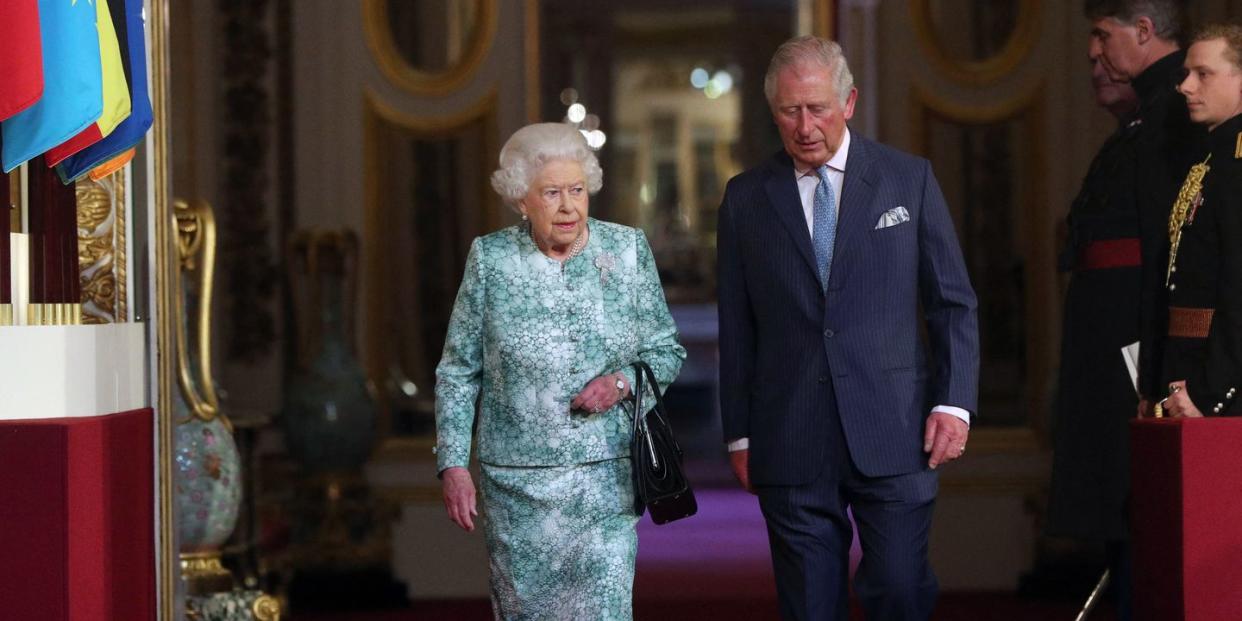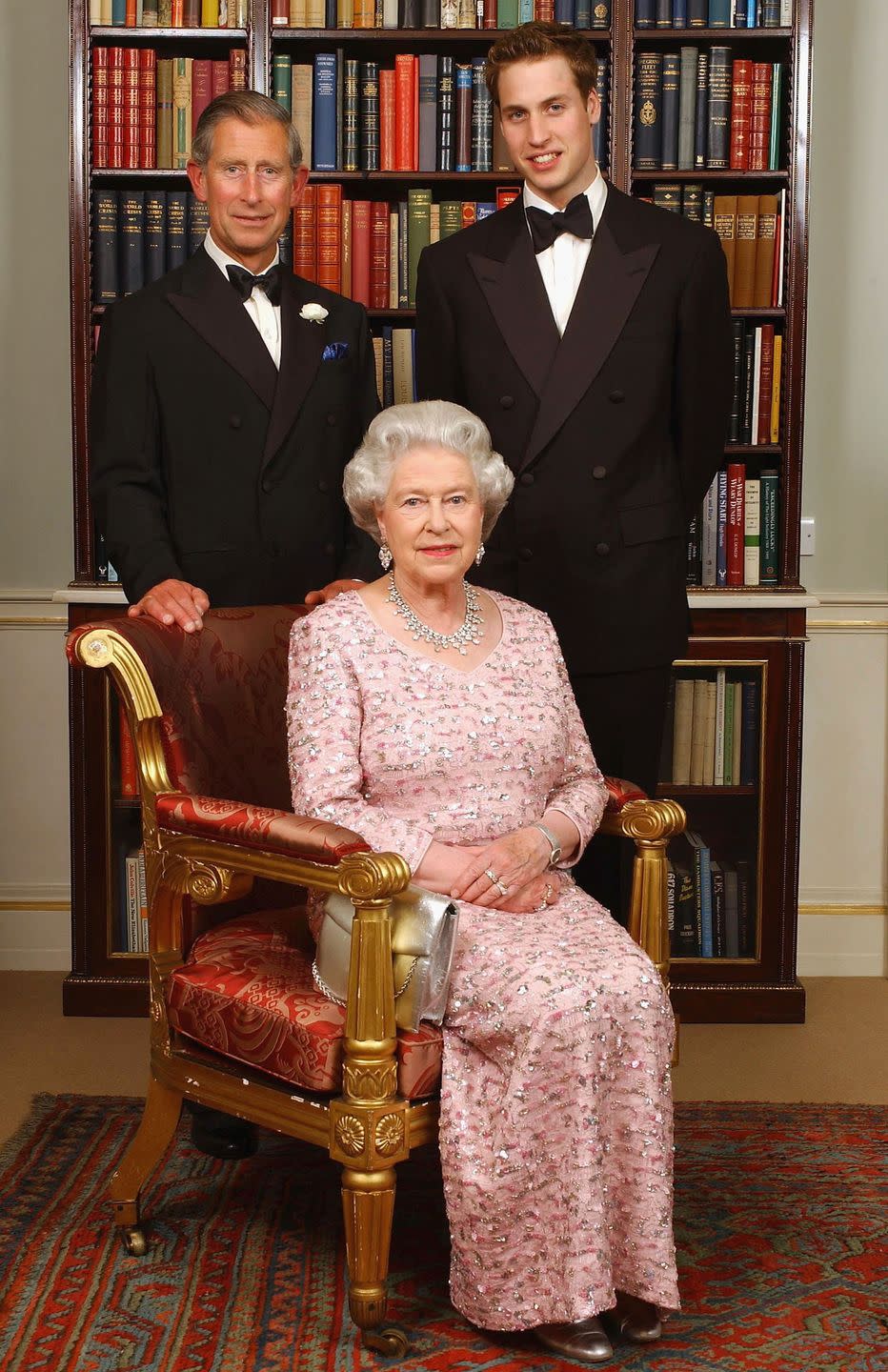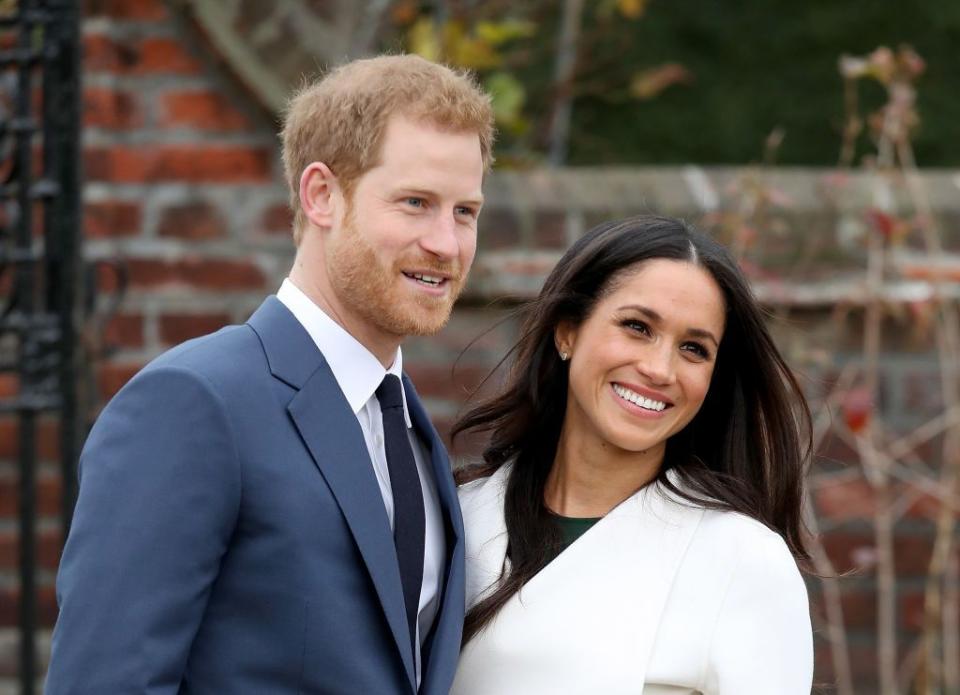The British line of succession explained

Britain's longest-reigning monarch, Queen Elizabeth II, has died, aged 96. The news of Her Majesty's passing was announced on Thursday, September 8.
Following the death of her father, King George VI, a 25-year-old Elizabeth assumed the throne on February 6, 1952 and has worked with a staggering 15 prime ministers during her reign – from Winston Churchill to Liz Truss.
The Queen's royal line of succession saw numerous amendments and additions during her decades on the throne. When examining the Queen’s series of heirs, there are several determining factors at play including descent, religion and primogeniture (the state of being the firstborn child).
According to the official Royal Family Website:
'Succession to the throne is regulated not only through descent, but also by Parliamentary statute. The order of succession is the sequence of members of the Royal Family in the order in which they stand in line to the throne.'
Queen Elizabeth II's firstborn child, Charles, immediately became King following the death of his mother – and will be known as King Charles III. He has been the longest-serving heir apparent in British history, and increased his royal duties in recent years.
Upon the Queen's ascension in 1952, Charles became heir apparent at the age of three. As the Queen’s first-born child, he was always set to become king when his mother either abdicated the throne or died. With the help of Buckingham Palace, Charles had already started planning what the monarchy will look like when he becomes Head of State.

[/image
It was recently announced that the father-of-two's wife, Camilla, the Duchess of Cornwall, will become Queen Consort when he takes the throne. The Queen announced this news as part of her message to the nation on the eve of her Platinum Jubilee in February 2022.
__
As the son of Prince Charles and grandson of Queen Elizabeth II, Prince William was second in line to the throne and is now heir apparent – and thereafter his three children: Prince George, Princess Charlotte and Prince Louis.
Now second in line, it is expected that if Prince George becomes king, he will be known as King George VII. He will be a King Regnant, as he has royal blood — however, the Duke and Duchess of Cambridge have been intentional about giving Prince George "a normal upbringing". It's believed the young royal was told that he would one day be king on his seventh birthday.

As the younger sister of Prince George, Princess Charlotte would only ever become Queen if her older brother predeceased her without having living children. This rule stands after the Queen changed the laws of succession in 2013, which declared the sex of a royal baby doesn't affect their place in the line of succession. The young royal is the first royal princess born "within the direct line of succession since the Princess Royal in 1950, and is likely to one day inherit the title". The title of princess is usually give to the oldest daughter of the monarch.
As for Prince Louis, he is fourth in line to the throne. However, he can only become the reigning monarch if his father and siblings all abdicate or die while holding the position themselves.
Kate Middleton gained her title as the Duchess of Cambridge following her marriage to Prince William in 2011. As her husband edges closer to the throne, her title is set to change. When Prince Charles is crowned king, Prince William will take over as the Prince of Wales. The duchess could then become the Princess of Wales — a title that Camilla declined to receive out of respect for the late Princess Diana who previously held the title.
__
Despite Prince Harry’s decision to step down as a senior member of the royal family, should none of the Cambridges take to the throne, the Duke of Sussex still remains fifth in the line of succession.

Since stepping away from his royal duties, the father-of-two has made a home in the US for himself and his growing family. His first child, Archie Harrison Mountbatten-Windsor, is currently sixth in line to the throne, which will only change if the Cambridges welcome another child.
The Sussexes decided not to give Archie a royal title, despite the fact he was entitled to "a courtesy title", such as the Earl of Dumbarton, which is one of his father's own titles.
The Duke and Duchess of Sussex's second child, Lilibet ‘Lili’ Diana Mountbatten-Windsor, is the newest addition to the sovereign family, as the Queen’s 10th great-grandchild. She is eighth in line to the throne, behind her big brother — however, Lili's life is expected to look quite different from the royal norm. She was the first royal to be born in California where her parents now live, meaning her life will be somewhat removed from the professional responsibilities of royal family members.
When Prince Charles ascends to the throne, it's believed both Archie and Lili could receive a title, as the King’s grandchildren, meaning we might one day refer to the royal siblings as His/Her Royal Highness.
Meghan Markle, the Duchess of Sussex, would become Queen Consort if Prince Harry ever became King. Yet while the Duchess of Cambridge may one day take the title of ‘Princess’ in some capacity, she will most likely remain the Duchess of Sussex. Technically, she holds the title of ‘Princess Henry of Wales’, which is derived from her husband, meaning she is not a princess in her own right.
__
Prince Andrew, the Duke of York, is eighth in the royal line of succession, despite being recently stripped of his HRH title and military titles following his US civil action over sexual assault allegations – claims he has repeatedly denied.
At one point, many decades ago, Prince Andrew was second in line to the throne, behind his older brother, Prince Charles. Now, he's eighth in the order of succession, following the arrival of the Duke and Duchess of Sussex’s two children.
The Prince’s oldest daughter, Princess Beatrice, is ninth in line. At the time of her birth, she was fifth in the order of succession, just behind her father. The 33-year old-granddaughter of the Queen is known as a ‘blood princess’, meaning she was born royal instead of marrying into the family.
You Might Also Like


